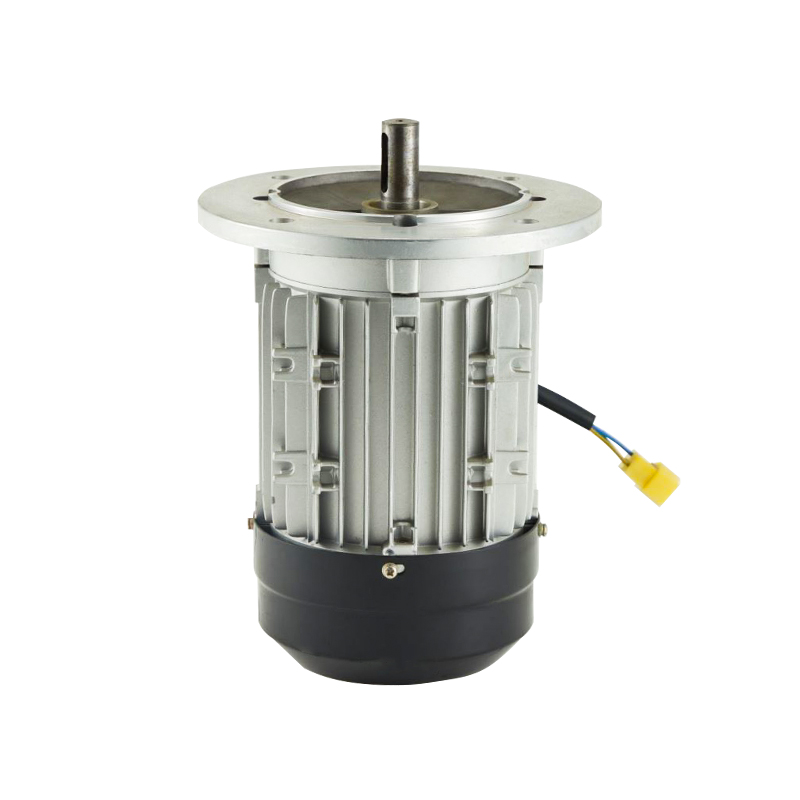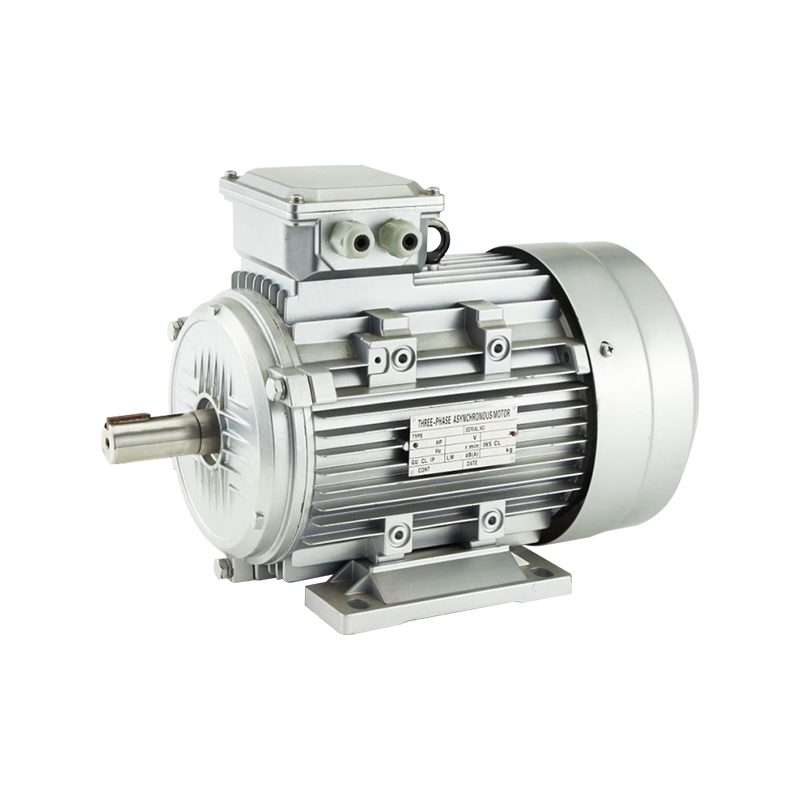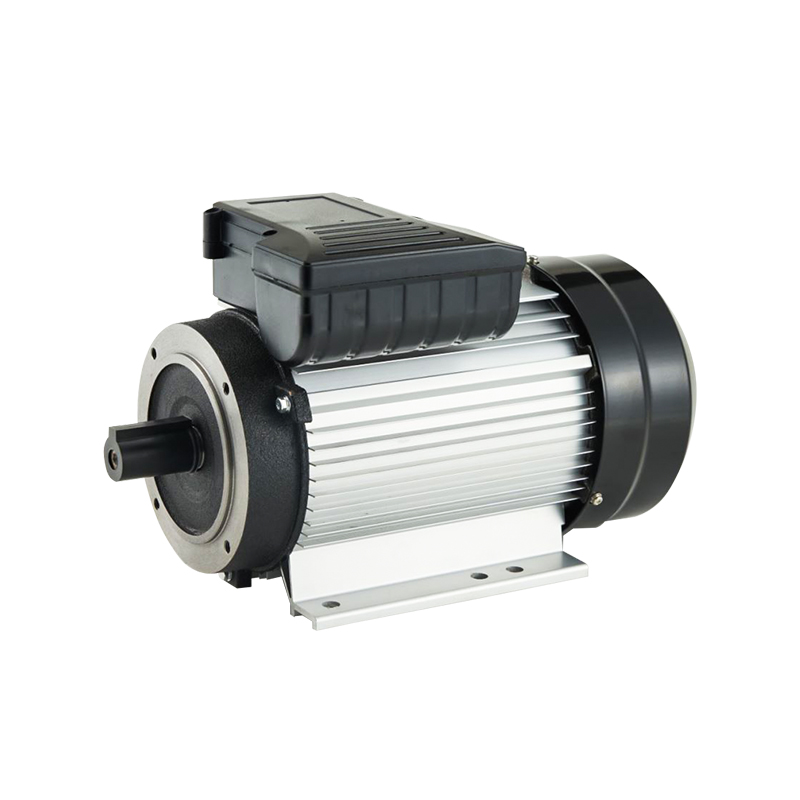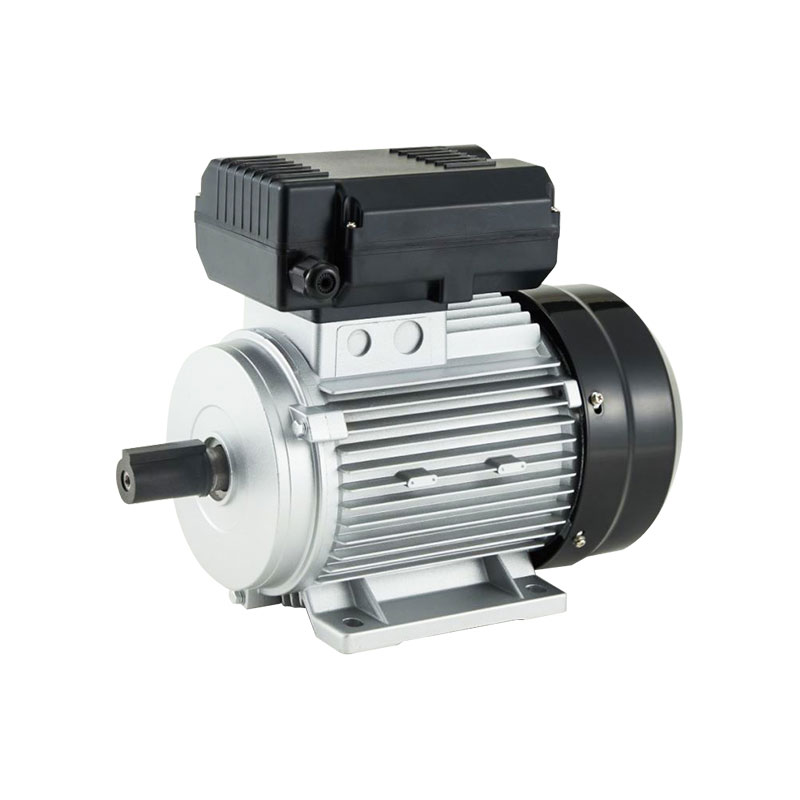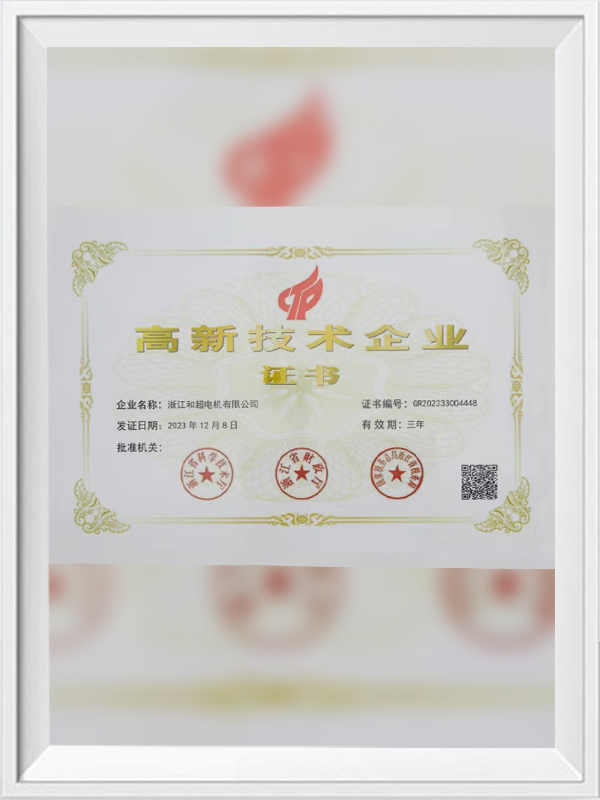A permanent magnet synchronous motor is a motor that uses permanent magnet materials to generate a magnetic field. It plays an important role in modern industry and energy. The following is a brief overview of permanent magnet synchronous motors:
1. Working principle: The working principle of permanent magnet synchronous motors is based on the law of electromagnetic induction and the law of Lorentz force. The rotor of the motor is made of permanent magnets, while the stator contains windings. When AC current passes through the stator winding, a rotating magnetic field is generated, which interacts with the permanent magnets on the rotor to generate torque and rotate the rotor.
2. Structural features: Permanent magnet synchronous motors generally have high power density and torque density, which means that they can provide greater power output with a smaller volume and weight. In addition, due to the presence of permanent magnets, the motor has a higher magnetic field strength, which helps to improve the efficiency and performance of the motor.
3. Efficiency advantage: Due to the use of permanent magnet materials, permanent magnet synchronous motors do not require additional current to maintain the magnetic field during startup and operation, which makes them more energy-efficient than traditional induction motors. High efficiency not only reduces energy consumption but also reduces operating costs.
4. Control performance: Permanent magnet synchronous motors have high control accuracy and fast response speed, and are suitable for applications that require precise control. Through advanced control technologies such as vector control or direct torque control, precise adjustment of motor speed and torque can be achieved.
5. Application fields: Permanent magnet synchronous motors are widely used in industrial automation, electric vehicles, wind power generation, household appliances, medical equipment, and other fields. They perform well in situations that require high efficiency, high reliability, and precise control.
6. Maintenance and life: Due to the simple structure of permanent magnet synchronous motors, maintenance costs are low. The stability of permanent magnet materials makes the motor life longer, reducing the frequency of replacement and repair.
7. Environmental impact: Permanent magnet synchronous motors have low operating noise, low vibration, and less impact on the environment. In addition, due to their high efficiency, they also play a positive role in reducing energy consumption and reducing greenhouse gas emissions.
8. Technical challenges: Although permanent magnet synchronous motors have many advantages, they also face some technical challenges, such as the demagnetization problem of permanent magnet materials and performance degradation in high-temperature environments. Therefore, motor design and material selection need to take these factors into consideration to ensure the long-term stable operation of the motor.
HECHAO's permanent magnet synchronous motor has become an important direction for the development of motor technology with its high efficiency, high power density, good control performance, and broad application prospects. With the advancement of material science and control technology, the performance and application range of permanent magnet synchronous motors are expected to be further expanded.

